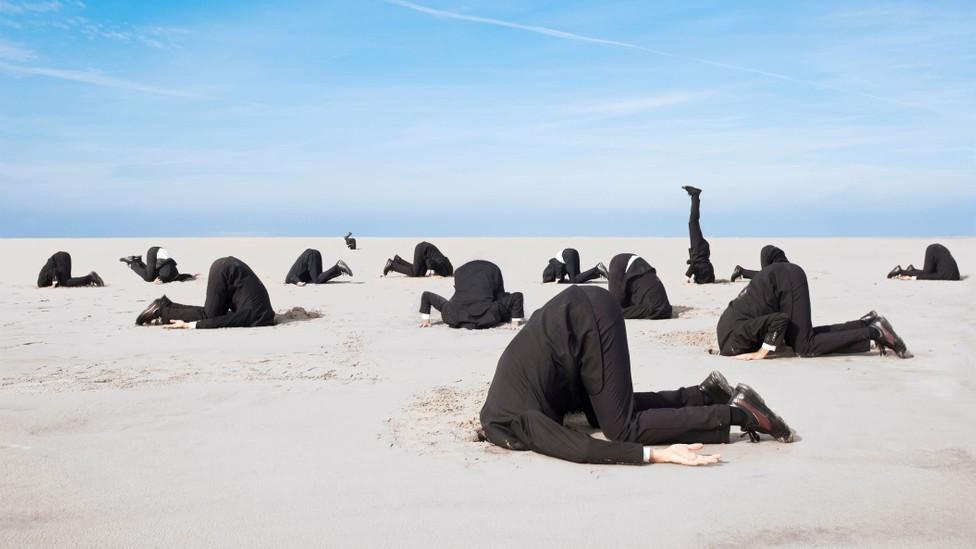
A long read but entirely worthwhile. Throughout American history we see the many instances of an unprepared country muddling through a crisis. COVID is the most recent. It’s likely we’ll continue arguing viciously about symptoms instead of addressing the rotten superstructure.
America’s Patchwork Pandemic Is Fraying Even Further, by Ed Yong (The Atlantic)
The coronavirus is coursing through different parts of the U.S. in different ways, making the crisis harder to predict, control, or understand.
There was supposed to be a peak. But the stark turning point, when the number of daily COVID-19 cases in the U.S. finally crested and began descending sharply, never happened. Instead, America spent much of April on a disquieting plateau, with every day bringing about 30,000 new cases and about 2,000 new deaths. The graphs were more mesa than Matterhorn—flat-topped, not sharp-peaked. Only this month has the slope started gently heading downward.
This pattern exists because different states have experienced the coronavirus pandemic in very different ways.
The U.S. health system isn’t being fixed. As noted occasionally hereabouts, we also can’t fix stupid.
This point cannot be overstated: The pandemic patchwork exists because the U.S. is a patchwork to its core. New outbreaks will continue to flare and fester unless the country makes a serious effort to protect its most vulnerable citizens, recognizing that their risk is the result of societal failures, not personal ones. “People say you can’t fix the U.S. health system overnight, but if we’re not fixing these underlying problems, we won’t get out of this,” says Sheila Davis of Partners in Health. “We’ll just keep getting pop-ups.”
And the conclusion …
The pandemic discourse has been dominated by medical countermeasures like antibody tests (which are currently too unreliable), drugs (which are not cure-alls), and vaccines (which are almost certainly at least a year away). But social solutions like paid sick leave, which two in three low-wage workers do not have, can be implemented immediately. Imagine if the energy that went into debating the merits of hydroxychloroquine went into ensuring hazard pay, or if the president, instead of wondering out loud if disinfectant could be injected into the body, advocated for health care for all? “We have decades of social-science research that tells us these things work,” says Courtney Boen, a sociologist at the University of Pennsylvania. “It’s a question of political will, not scientific discovery.”
And while a vaccine will protect against only COVID-19 (if people agree to take it at all), social interventions will protect against the countless diseases that may emerge in the future, along with chronic illnesses, maternal mortality, and other causes of poor health. “This pandemic won’t be the last health crisis the U.S. faces,” Boen says. “If we want to be on better footing the next time, we want to reduce the things that put people at risk of being at risk.”
Of all the threats we know, the COVID-19 pandemic is most like a very rapid version of climate change—global in its scope, erratic in its unfolding, and unequal in its distribution. And like climate change, there is no easy fix. Our choices are to remake society or let it be remade, to smooth the patchworks old and new or let them fray even further.











